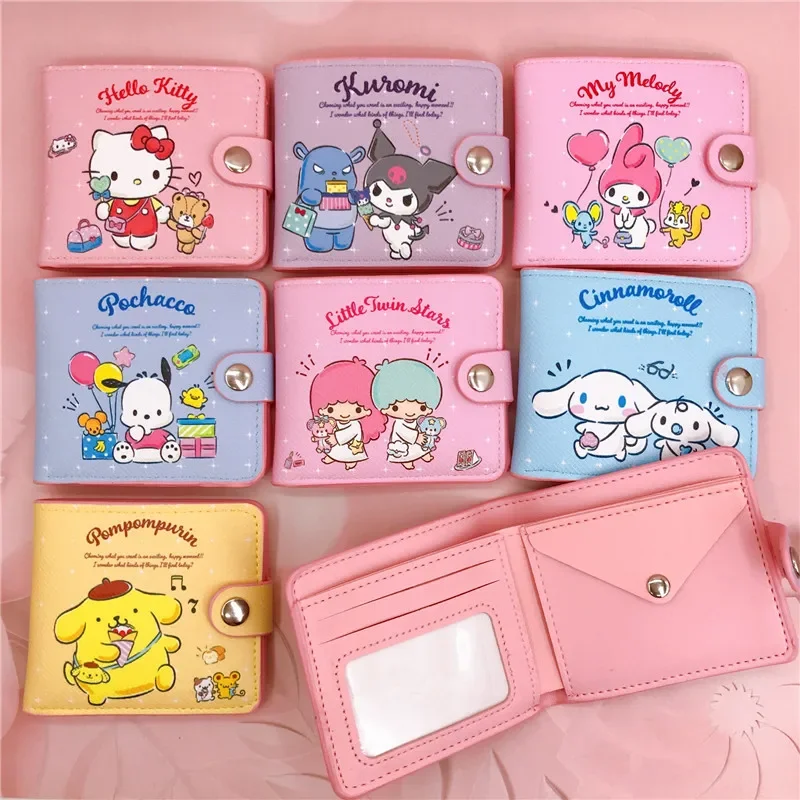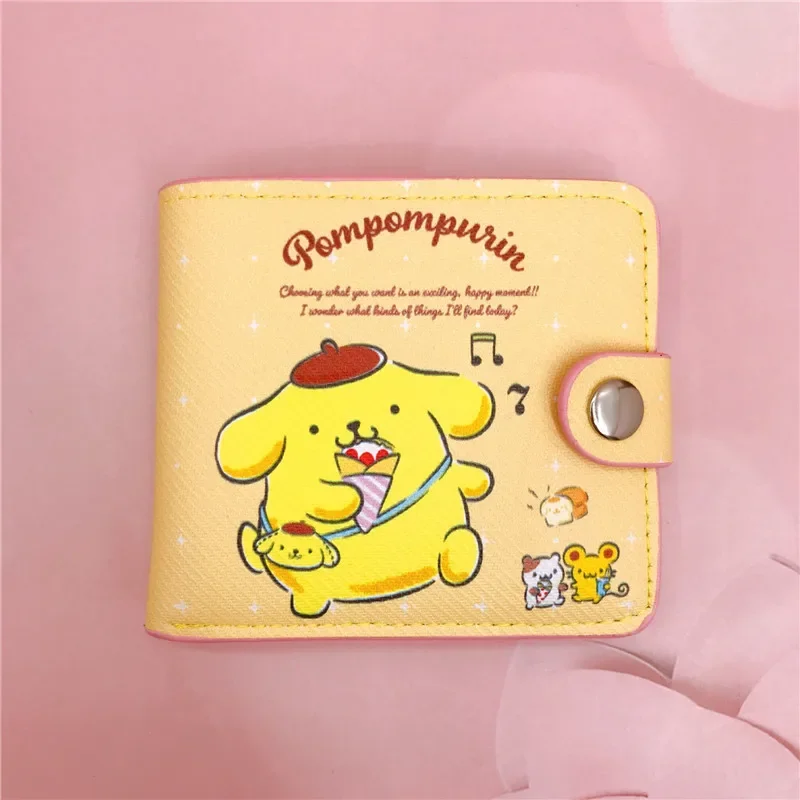Introduction to Kids’ Wallets
Wallets are not just for adults. Kids also need wallets, especially as they start managing their own money. A wallet can help them keep track of allowance, gift money, and other important cards. Choosing the right wallet for your child can be a fun experience. It allows kids to express their personalities while learning about responsibility. In this guide, we will explore different types of wallet for kids, what features to look for, and how to encourage good habits around money management.

Why Kids Need Wallets
Kids often receive money from birthdays, holidays, or special occasions. As they grow older, they might want to buy snacks at school or save up for toys. Having a wallet teaches them how to manage their money. It also helps them understand the value of saving. A good wallet can make it easier for kids to keep their cash and cards organized. This organization leads to better habits in handling money.
Moreover, wallets can also hold important cards. These include library cards, student IDs, or even health insurance cards. As children grow, they will need to carry these items. A wallet makes it easy for them to access what they need without losing anything. This practicality is beneficial for both kids and parents.
Types of Wallets for Kids
Bi-Fold Wallets
Bi-fold wallets are one of the most common types for kids. They fold in half and have several compartments inside. Usually, they have space for cash, cards, and even coins. Bi-fold wallets are great for older kids who start to manage larger amounts of money. They provide enough room to stay organized but are still compact enough to fit in a pocket.
Many bi-fold wallets come in fun designs and colors. Kids can choose themes that reflect their interests, like superheroes, animals, or pop culture icons. This personalization makes the wallet more appealing to children. They are more likely to use a wallet that represents their favorite character or color.
Parents should look for wallets made from durable materials. Kids can be rough on their belongings, so a wallet should withstand daily use. Look for wallets that feature reinforced stitching and sturdy zippers. Water-resistant materials are also a plus, as they can protect contents from spills.
Zip-Around Wallets
Another popular option is the zip-around wallet. These wallets close with a zipper, providing extra security. Kids often lose things, so having a zip-around wallet can prevent cash and cards from falling out. This type of wallet is great for younger children who might not be as careful with their belongings.
Zip-around wallets also tend to have more compartments. This means kids can organize their items better. They can separate cash from cards and keep coins in a designated area. This organization helps teach kids about categorizing their money and understanding where everything goes.
Many zip-around wallets come in vibrant colors and fun patterns. Look for ones that are easy to open and close. Children should be able to use the wallet without assistance. This independence boosts their confidence and encourages responsibility.
Features to Consider
Size and Weight
When choosing a wallet for kids, size matters. A wallet should be small enough for children to handle but large enough to hold their essentials. It should easily fit in their pockets or backpacks. A bulky wallet can be uncomfortable and may discourage kids from using it.
Weight is also an important factor. Lightweight wallets are more suitable for kids. They won’t feel weighed down by carrying a wallet filled with cash and cards. Look for materials that are easy to carry yet durable. A good balance of size and weight will make using the wallet enjoyable for kids.

Design and Personalization
A wallet’s design is crucial for kids. They are more likely to use a wallet that reflects their style and interests. Bright colors, fun graphics, and characters from movies or shows can make a wallet appealing. It’s essential to involve your child in the selection process. Letting them choose their wallet fosters a sense of ownership.
Personalized wallets can also be a hit. Some companies offer custom options where kids can add their names or initials. A personalized wallet becomes more than just a functional item; it turns into a keepsake. It can be exciting for kids to have something that is uniquely theirs.
Durability and Material
Durability is key when selecting a wallet for kids. Children can be tough on their belongings, so a wallet must withstand wear and tear. Look for wallets made from high-quality materials, such as synthetic leather or durable fabric. These materials are often easier to clean and maintain.
Check the stitching and zippers for quality. Reinforced edges can prevent fraying, and sturdy zippers will last longer. A wallet that can survive drops, spills, and rough handling is ideal. Investing in a durable wallet saves money in the long run, as you won’t need to replace it frequently.
Teaching Kids About Money Management
Setting a Budget
Once kids have a wallet, it’s time to teach them about budgeting. Start by explaining the concept of income and expenses. Discuss how much money they receive regularly, such as their allowance. Help them set a simple budget for spending, saving, and sharing.
Encourage kids to keep track of their spending. They can use a notebook, an app, or even a simple chart. Writing down what they spend helps them see where their money goes. This practice builds awareness and responsible habits.
Setting limits on spending can also be beneficial. Teach kids to think before they buy. Ask them questions like, “Do you really need this?” or “How will this affect your savings?” These conversations encourage critical thinking about money.
The Importance of Saving
Saving money is an essential skill for kids to learn. Encourage them to set aside a portion of their money for savings. This can be for a specific goal, like a toy or a game they want. Having a savings goal makes the process more exciting.
Open a savings account for older kids. This can teach them about interest and how money grows over time. Visiting the bank together creates a memorable experience. It helps children understand the value of saving.
Use visual aids to show how savings work. You can create a savings jar where they can see their money grow. This physical representation can motivate them to save more. Celebrate milestones when they reach their savings goals to reinforce positive behavior.
Encouraging Financial Responsibility
Tracking Expenses
As kids start managing their money, teach them how to track their expenses. This habit builds financial literacy and responsibility. Kids can use a simple chart or a digital app to record their purchases. Encourage them to update it regularly, making it part of their routine.
Tracking expenses helps them understand their spending patterns. They can identify areas where they might want to cut back. For example, if they notice spending too much on snacks, they can adjust their budget accordingly. This awareness promotes smarter choices in the future.
Discuss the importance of keeping receipts. Kids can learn to categorize their spending based on what they purchase. This activity can lead to discussions about wants versus needs, further enhancing their financial understanding.
Role-Playing Scenarios
Role-playing can be a fun way to teach financial concepts. Create scenarios where kids have to make choices with their money. For example, you could set up a pretend store where they have to budget for items they want. This hands-on experience makes learning engaging.
Discuss different situations they might face, like saving for a birthday gift or deciding whether to buy something on impulse. Encourage them to talk through their decisions. This practice builds confidence and reinforces the lessons learned about managing money.

Role-playing scenarios can also help kids understand consequences. If they overspend, what will they miss out on? These discussions can help them make better choices in real life.
Conclusion: The Value of a Kids’ Wallet
A wallet is a valuable tool for kids. It helps them manage money and teaches responsibility. Choosing the right wallet is essential. Look for options that fit their style, are durable, and offer practical features.
Teaching kids about money management is just as important as selecting a wallet. Setting budgets, saving, and tracking expenses are skills that will benefit them for a lifetime. With the right guidance, kids can learn to handle their finances with confidence.
Investing in a wallet for your child is more than just a purchase. It’s an opportunity to instill important values and skills. By encouraging financial literacy, you prepare them for a successful future. A wallet becomes a symbol of independence and responsibility, making it a worthy investment for any child.



